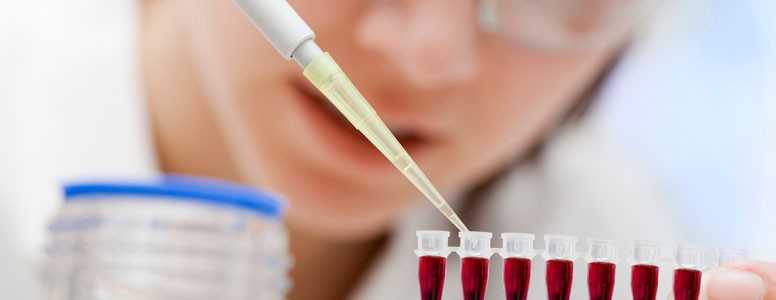Harvard University has created a tattoo with the power to monitor blood glucose levels.
Named ‘Dermal Abyss’, the device works by reading and picking up biomarkers from the body’s interstitial fluid, which is a thin layer of fluid surroundings the cells. The ink turns from green into brown when blood glucose levels increases.
While the tattoo device is not yet available on the market as a product, researchers have already demonstrated its success following tests on pig skin, with colour changes observed in response to different biomarkers.
The technology, developed as part of a project by researchers from Harvard University and the Massachusetts Institute of Technology, is designed to overcome some of the limitations of current wearable glucose monitoring devices. Short battery life is one of the major drawbacks, as is the need for wireless connectivity.
Researcher Ali Yetise, who is studying as a postdoctoral fellow at Harvard Medical School and Massachusetts General Hospital, said: “We were thinking: new technologies, what is the next generation after wearables? And so we came up with the idea that we could incorporate biosensors in the skin. We wanted to go beyond what is available through wearables today.”
The invention also has the ability to indicate dehydration, with the green turning darker the more dehydrated people are when viewed under a blue light.
Further improvements are needed, say the researchers, such as ensuring the ink does not fade or diffuse, and while the applications for the device are broad, the technology is exciting from a diabetes perspective because it could be incorporated into long-lasting tattoos for chronic conditions.
Nan Jiang, co-researcher and postdoctoral fellow at Harvard Medical School study, said: “The purpose of the work is to light the imagination of biotechnologists and stimulate public support for such efforts. These questions of how technology impacts our lives must be considered as carefully as the design of the molecular sensors patients may someday carry embedded in their skin.”
The work of the researchers is a proof of concept study and more research and funding will be needed to develop the product.
What's new on the forum? ⭐️
Get our free newsletters
Stay up to date with the latest news, research and breakthroughs.








